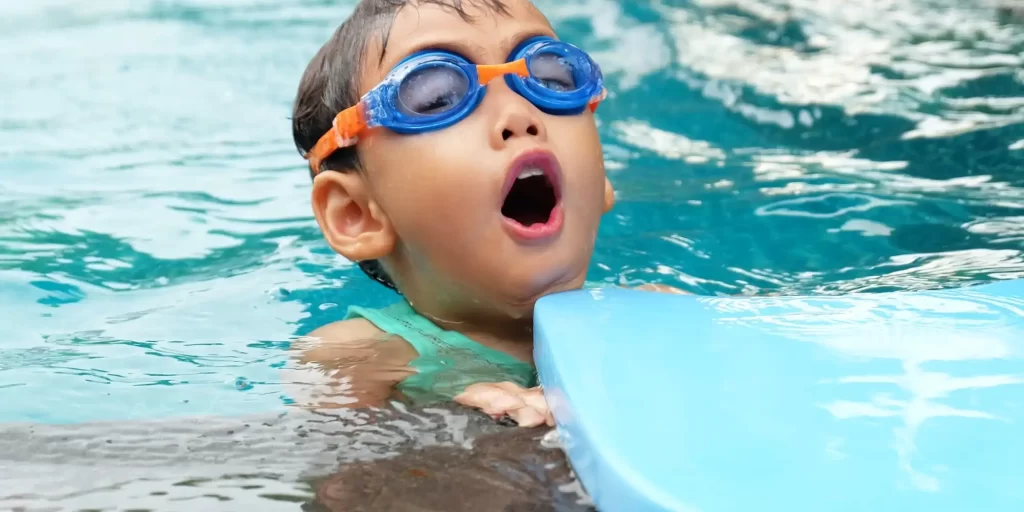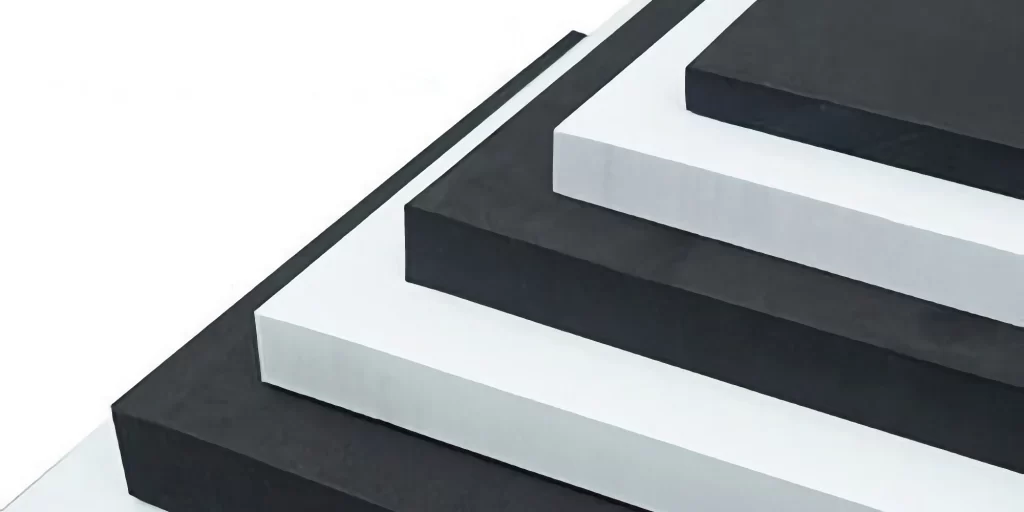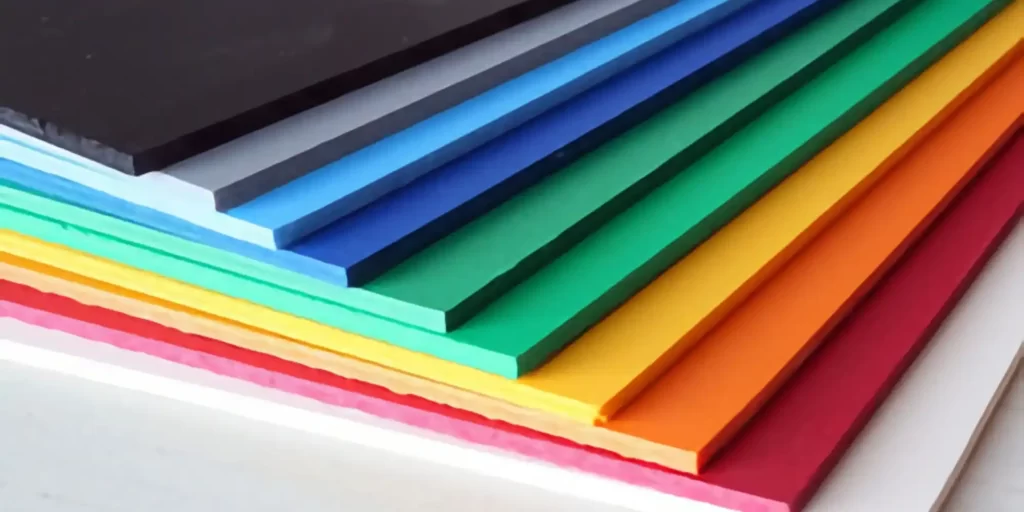Introduction
In the realm of aquatic leisure and sports, the use of EVA foam in swimming floats products has marked a significant stride. This article delves into the multifaceted applications, benefits, and the increasing popularity of EVA foam in crafting state-of-the-art swimming floats, offering a gripping insight into why it stands out as a preferred material.
What is EVA Foam?
EVA foam, or Ethylene-Vinyl Acetate, is a closed-cell, flexible, and lightweight foam known for its durability and shock-absorbing qualities. It is resistant to water, UV radiation, and cracking, making it an ideal material for a plethora of applications, including swimming floats.
Why EVA Foam for Swimming Floats?
EVA foam’s buoyancy, durability, and water-resistant nature make it a prime choice for swimming floats. Its soft texture and ability to come in various shapes and colors make it versatile and user-friendly, providing both safety and a visually appealing design.
Benefits of EVA Foam in Swimming Floats
EVA foam swimming floats are synonymous with comfort and stability. They are easily customizable, affordable, and offer extra safety, reducing the risk of accidents in the water. The foam’s non-toxicity and environmental friendliness are added advantages, making it a sustainable choice.
Diverse Applications and Designs
From pool noodles to kickboards and buoyancy aids, EVA foam finds its application in a myriad of swimming float designs. Its adaptability allows for the creation of products that cater to different ages and swimming proficiency, enhancing the swimming experience for all.
Comparing EVA Foam with Other Materials
While PVC and vinyl are common in swimming float production, EVA foam stands out for its durability and comfort. Unlike inflatable floats, EVA foam maintains its shape and buoyancy over time, offering a long-lasting and reliable option for swimmers.
Real-World Examples
EVA foam swimming floats are widely used in swimming classes and aquatic therapy. They have become a staple in pools and beaches, aiding in swimming lessons and providing a relaxing and enjoyable water experience for children and adults alike.
Choosing the Right EVA Foam Swimming Float
When selecting an EVA foam swimming float, consider factors such as buoyancy, size, design, and the intended user’s age and swimming ability. A well-chosen float can significantly enhance safety and enjoyment in the water.
Frequently Asked Questions
- What is the best material for pool floats?
- EVA foam is considered one of the best due to its durability, buoyancy, and water resistance.
- What materials are used to make swimming floaters?
- Materials include EVA foam, PVC, vinyl, and neoprene.
- Is EVA foam waterproof?
- Yes, EVA foam is known for being waterproof and resistant to UV radiation.
- Why are foam floats so expensive?
- The cost can be attributed to the material’s durability, quality, and the manufacturing process involved.
Conclusion
The use of EVA foam in swimming floats products has revolutionized aquatic safety and leisure. Its myriad of benefits, including durability, buoyancy, and versatility, make it a preferred choice for swimmers and manufacturers alike. As we continue to see innovations in design and application, EVA foam’s presence in the aquatic world is poised to make waves.






